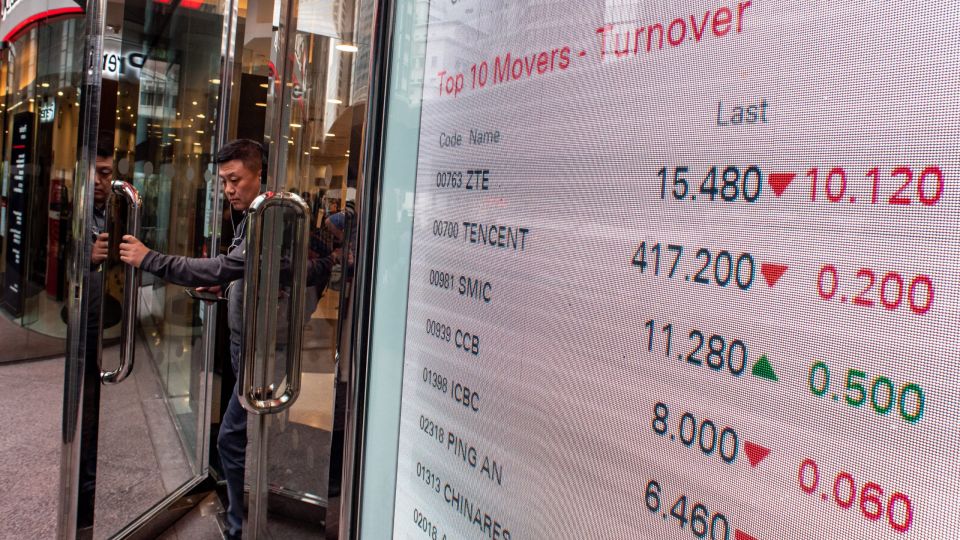January 29, 2020
The 3-month election ban ahead of the midterm polls in May last year is another reason cited by the government for the curtailed government spending on public works.
Another reason cited by the government for the curtailed government spending on public works was the 3-month election ban ahead of the midterm polls in May last year. The Department of Public Works and Highways had sought but failed to get an exemption from the ban for many of its infrastructure projects.
Going through the data released by the Philippine Statistics Authority, there is one other major factor for the lower-than-expected economic growth in 2019. Agriculture, which accounted for about a tenth of the economy, continued to perform dismally, putting a drag on economic growth in 2019. For the entire year, the farm sector grew by just 1.5 percent, compared with services, which expanded by 7.1 percent, and industry, which rose 4.9 percent.
A government plan to fast-track expenditures in the second half of the year led to a more robust 6.4-percent growth in gross domestic product (GDP), the key measure of the local economy. During the quarter, however, the agriculture sector continued to post phlegmatic growth at 1.5 percent. The services sector, which accounted for nearly 60 percent of the economy, grew 7.9 percent during the October-to-December period, while industry expanded by 5.4 percent. The government’s original growth target for 2019 was 7-8 percent, but the Cabinet-level Development Budget Coordination Committee later lowered this to 6-7 percent, and further to a narrower 6-6.5 percent after the third-quarter growth figures presented a clearer picture from which to estimate the target for the whole year. Last year’s GDP growth rate now stands as the lowest since 2011’s 3.7 percent.
For 2020, things may pick up, with Congress getting its act together to pass the 2020 budget on time and appropriations for the various departments already released. Private economists and analysts agree that economic growth will likely be better this year, citing ramped-up government spending on public works and a big likelihood that the policymaking Monetary Board of the Bangko Sentral ng Pilipinas will lower interest rates. An easy monetary regime is favorable especially for the property sector, which has a big multiplier effect particularly in generating jobs and boosting allied industries like cement and steel. While they differ on the figure, a consensus among private economists and analysts is that growth for 2020 will be back to the 6-percent level—an outcome devoutly to be wished.
A lesson learned from last year’s performance is that government expenditures are crucial in promoting economic activity. Legislators need to look beyond their turf wars and vested agendas and consider the country’s interests first and foremost, though part of the blame should also go to the administration, which did not crack the whip hard enough to prod its supermajority coalition in Congress to work double-time on passing the 2019 budget.
Pernia, the country’s chief economist, is pinning his optimism for growth recovery on the prompt implementation of the P4.1-trillion 2020 budget, and with the extension of the 2019 budget until the end of the year. The easing of US-China trade tensions should also augur well for emerging economies like the Philippines.
The government is aiming for a faster pace of GDP growth this year at 6.5-7.5 percent. It needs to deliver because this year’s disconcerting figure cannot be shrugged off.


